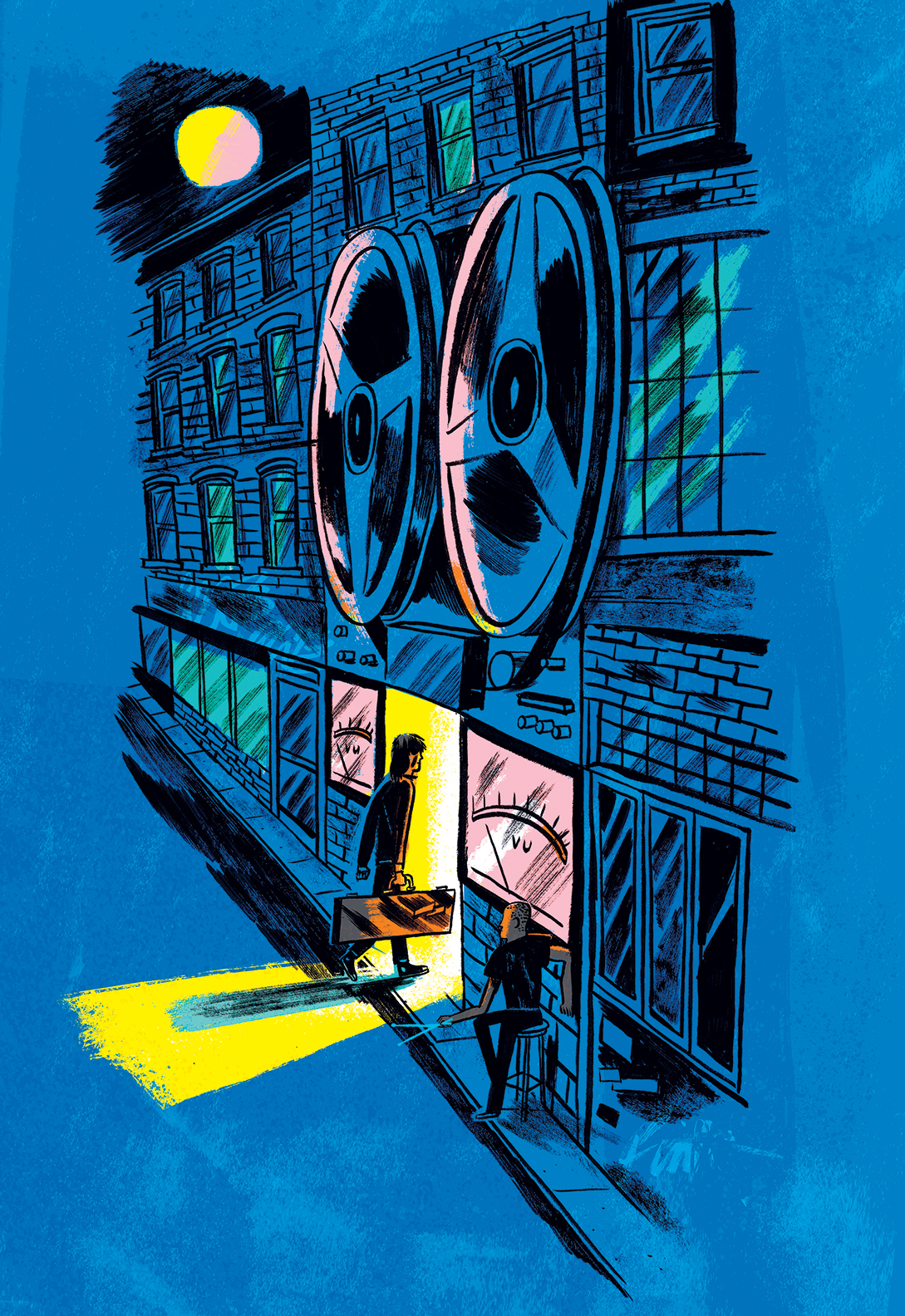Granular synthesis has been around for a while, but it feels like its moment in the sun is upon us. In short, it is described as a method by which sounds are broken into tiny grains, which are then redistributed and reorganized to form other sounds. Greek composer Iannis Xenakis first worked with granular concepts in an analog fashion after reading early research done by D. Gabor, N. Wiener, and H. Cohen. In the same way that William S. Burroughs famously used the cut-up technique (découpé) to rearrange text, Xenakis spliced magnetic tape into tiny segments, rearranged the segments, and taped the new string of segments together. The first appearance of granular synthesis in digital music was in a paper by Curtis Roads published in Computer Music Journal (Vol. 12, No. 2; 1988).
Now, if you search for “granular” in the App Store, you can find several iOS apps that use granular synthesis, including my favorite, Borderlands. I highly recommend this little app as a great place to get a feel for what the technique sounds like. The textbook definition of granular synthesis goes something like this: A grain is a small piece of sonic data, with a typical duration of 10–50 ms. The grain has two components — its envelope and contents. The envelope is used primarily so that there is no distortion and crunching noises at the beginning and end of the grain’s playback. The shape of the envelope though has a significant effect on the grain. Audio makes up the contents of the grain, and it can be derived from any source — sine wave, square wave, sampled audio, etc.
The website <granularsynthesis.com> has lots more info and resources for those of you wanting to chase this down further. Granular synthesis hasn’t really broken through in a major commercial way yet (like FM synthesis did with the Yamaha DX7, for instance), but it is starting to pop up in plug-ins and in the Eurorack world. (Check out the excellent Clouds module from Mutable Instruments for example.) Crystallizer, one of my favorite Soundtoys plug-ins, uses a granular synthesis technique that is based on the Eventide H3000 algorithm that Soundtoys’ Ken Bogdanowicz wrote when he was at Eventide. [See Tape Op #62 for a review of Crystallizer and an interview with Ken.] At its heart, granular synthesis processes audio, so the synthesis label feels slightly misleading to me.
When I first started fooling around with Borderlands, I was sending audio out of Pro Tools into an audio interface on my iPad to feed Borderlands, and manually manipulating the grain clouds in real-time, while sending the audio back into Pro Tools. Wanting a simpler approach that wouldn’t require patching in my iPad, I stumbled upon GrainSpace.
GrainSpace is a very simple granular reverb plug-in, considering the many options and parameters involved. All in all, there are 14 knobs, 12 of which directly control the granular process. Because granular synthesis is not quite as intuitive as a delay-line, for instance, and because it involves a certain element of randomness, you’ll want to dig into this and just experiment. GrainSpace offers some great presets to get you started — from beautiful to atonally noisy, and plenty in-between. While I was writing this review, I ran a sequence from Arturia Oberheim SEM V (“Two Voice”) into GrainSpace on the Tape Shimmer preset, just hitting a new key every once in a while, and the result was a beautiful, constantly evolving soundscape. I should also mention, since I put this plug-in on the computer at Panoramic House, I’ve had at least four or five engineers randomly tell me how much they liked it. Check it out for yourself. There’s a demo version that’s free to download, and the full version is a deal, in my book, for a plug-in that’s not just another emulation of some piece of vintage gear.




_disp_horizontal_bw.jpg)